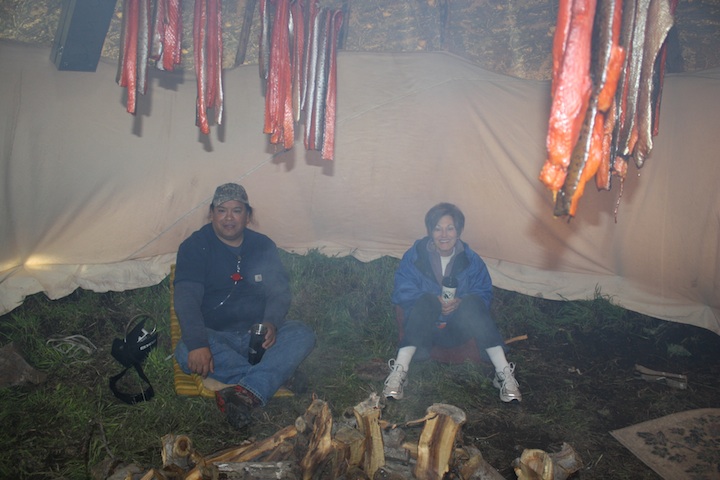 Robyn Tanguay, PhD (Project 3 ) focuses on examining the effects of selected chemicals and chemical classes on zebrafish development and associated gene expression pathways.
Robyn Tanguay, PhD (Project 3 ) focuses on examining the effects of selected chemicals and chemical classes on zebrafish development and associated gene expression pathways.
The Tanguay research group recently collaborated with Terrence J. Collins, PhD, a champion in the field of green chemistry at Carnegie Mellon University.
Collins and his collaborators showed that specific green chemicals (a group of molecules called TAML activators) used with hydrogen peroxide, can effectively remove steroid hormones from water after just one treatment. Steroid hormones are common endocrine disruptors found in almost 25 percent of streams, rivers, and lakes. Collins needed to understand the safety of TAML activators to move forward on this problem.
Tanguay’s group exposed zebrafish embryos to seven different types of TAML activators. None of the TAML’s impaired embryo development at concentrations typically used for decontaminating water.
The collaboration resulted in a new journal publication in Green Chemistry.
These are important findings that contribute toward TAML activators getting commercialized for water treatment.
Endocrine disruptors and human health
Endocrine disruptors can disrupt normal functions of the endocrine system and impair development, by mimicking or blocking the activities of hormones in wildlife. Several animal studies suggest that endocrine disruptors can also affect human health, and may be involved in cancers, learning disabilities, obesity, and immune and reproductive system disorders.
Robyn Tanguay’s leadership in utilizing zebrafish
Robyn Tanguay is Director of the Sinnhuber Aquatic Research Laboratory, which is the largest zebrafish toxicology lab in the world.
In 2012, Dr. Tanguay received an EPA grant award, “Toxicity Screening with Zebrafish Assay”. The award is for three years and almost two million dollars in funding to examine the developmental toxicology of at least 1000 chemicals.
Dr. Tanguay and her research team have tested over 3,000 compounds of interest to the National Toxicology Program (NTP), to complement the ongoing high-throughput screening efforts in the U.S. government’s multiagency Tox21 research program.
More Information:
- How Tiny Fish Could Reveal Effects of Chemical Exposure (Yale e360)
- Zebrafish developmental assays test the safety of new chemicals and NTP talk explores zebrafish as a vertebrate model in toxicity screening (NIEHS Environmental Factor, September 2013)
- Press Release: Carnegie Mellon-developed chemicals that break down water contaminants pass safety test
- Video: Custom automation helps scientists screen environmental chemicals
- How do we measure gene expression using zebrafish?
Citation: Truong L, DeNardo MA, Kundu S, Collins TJ, Tanguay RL. 2013. Zebrafish assays as developmental toxicity indicators in the green design of TAML oxidation catalysts. Green Chem; doi:10.1039/C3GC40376A [Online 15 July 2013].



